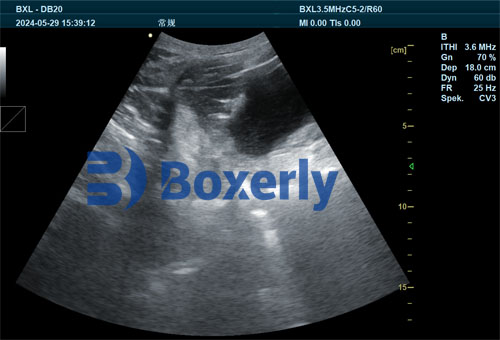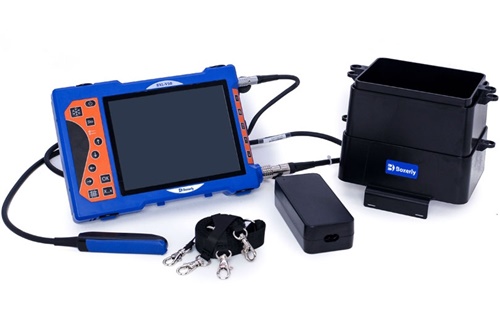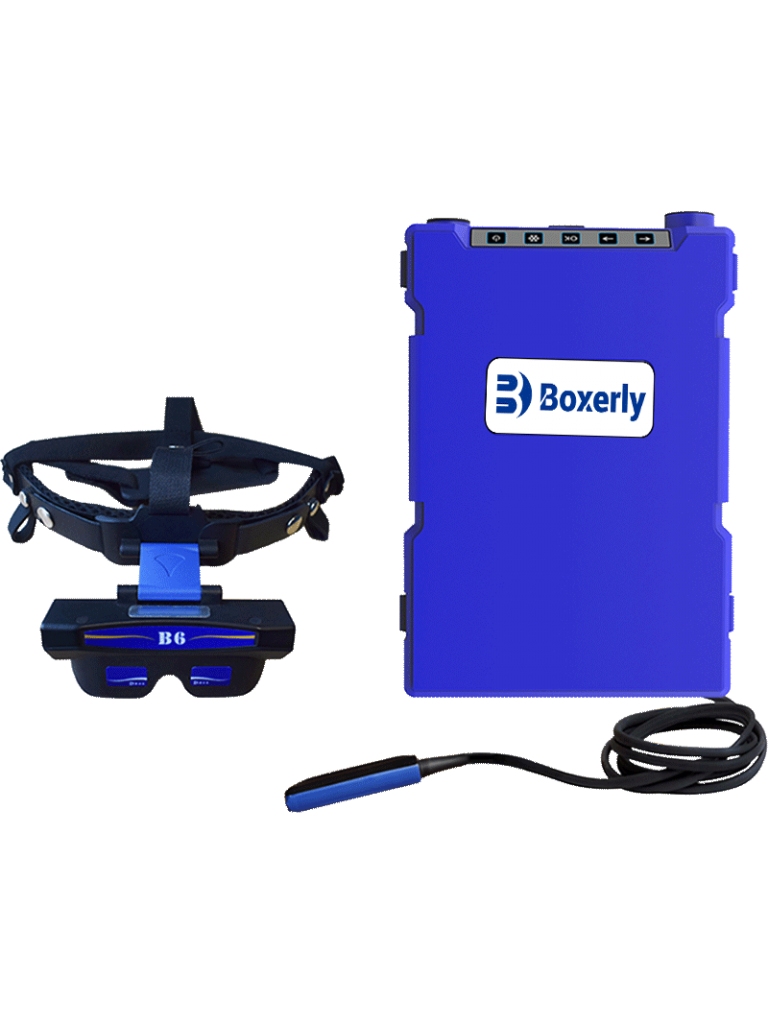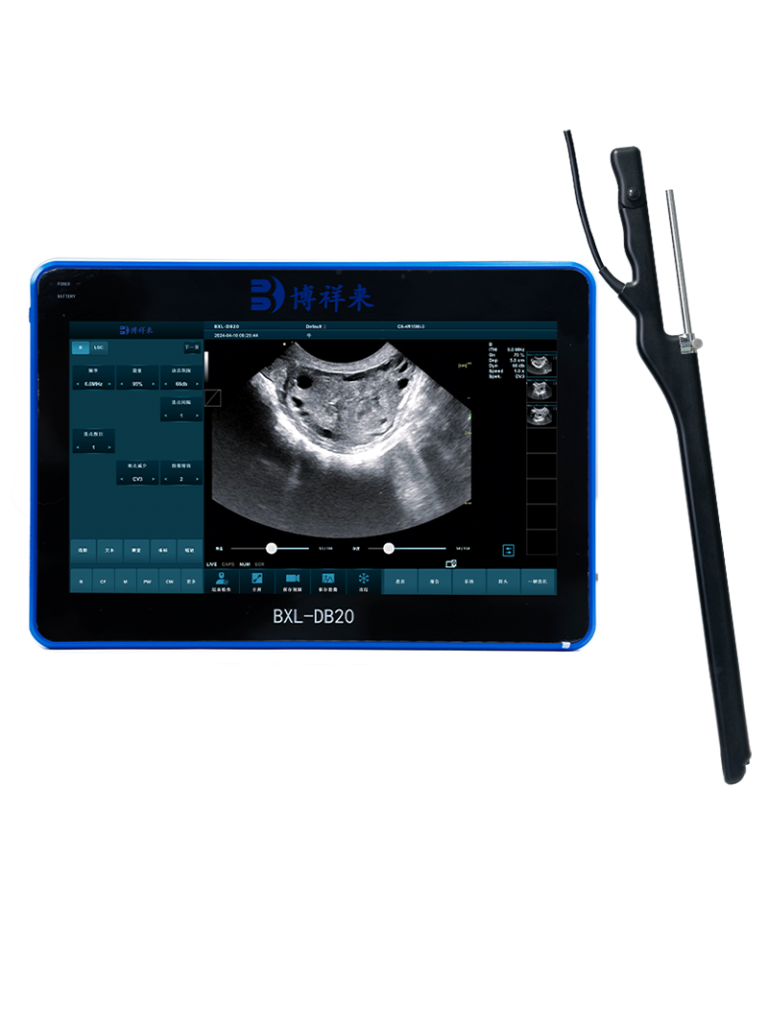10 Reasons To Choose Portable Veterinary Ultrasound Now
In recent years, portable veterinary ultrasound has become one of the most practical and transformative tools in modern animal husbandry. Whether you’re managing a large-scale livestock operation, running a mobile veterinary clinic, or monitoring breeding programs on small family farms, portable ultrasound offers unparalleled convenience, efficiency, and diagnostic accuracy.

As livestock production becomes increasingly data-driven, the demand for mobile and real-time diagnostic solutions is rising globally. In this article, we explore 10 compelling reasons why now is the right time to embrace portable veterinary ultrasound, based on both field experience and international research. Our aim is to present these insights in an accessible, reader-friendly way that resonates with livestock farmers, breeders, and veterinary professionals alike.
1. Immediate and Non-Invasive Diagnosis
One of the most prominent benefits of portable ultrasound is the non-invasive, real-time visualization it provides. Unlike bloodwork or surgical exploratory methods, ultrasound allows you to view internal organs, pregnancies, and tissue structures without causing any harm or stress to the animal. According to international veterinary practice, this is especially vital in reproductive diagnostics, where stress can impact fertility or pregnancy outcomes.
For example, during pregnancy checks in sheep or pigs, veterinarians using portable ultrasound can instantly confirm fetal viability, count embryos, or detect abnormalities—without sedation or restraint.
2. Time-Saving in the Field
Traditional diagnostic processes often require transporting animals to centralized facilities or waiting for lab results. With a portable veterinary ultrasound, such as the type used in field conditions across Europe and North America, the veterinarian or technician can make a diagnosis immediately on-site. This is particularly useful in remote areas, large ranches, or in mobile veterinary services common in countries like Australia and Canada.
Farms no longer lose critical time moving animals, and treatment can start the same day.
3. Enhanced Reproductive Efficiency
Global livestock breeding programs heavily rely on accurate timing for insemination, ovulation, and pregnancy confirmation. Portable ultrasound machines allow precise visualization of ovarian follicles, uterine structures, and embryo development, which is crucial for reproductive planning.
In the U.S. and European Union, farmers using ultrasound-assisted estrus detection and pregnancy checks report up to 30% higher reproductive success rates, due to earlier intervention and better breeding timing.

4. Data-Driven Growth Monitoring
In beef and pork production, monitoring muscle development, fat deposition, and organ health is essential. Portable ultrasound offers direct insight into muscle thickness (like the Longissimus dorsi) and backfat, enabling farmers to make smart feeding and finishing decisions.
This method is widely used in Brazil, the U.K., and New Zealand to decide when to fatten or slaughter livestock based on physiological maturity rather than estimated weight alone—helping reduce feed waste and improve profit margins.
5. Portability Means Accessibility
Modern portable units are lightweight, battery-powered, and durable, often with waterproof casings and high-resolution screens. Unlike older systems, today’s ultrasound devices can operate outdoors in harsh weather or in barns with limited electricity. Many support left- and right-handed use and are compatible with a range of probes for different animals and body parts.
In Africa and Southeast Asia, where centralized infrastructure may be lacking, such mobility is a game-changer for veterinary services.
6. Wide Range of Applications
Portable veterinary ultrasound is not limited to pregnancy detection. It is widely used to:
-
Diagnose uterine infections, cysts, or retained placenta in cows and pigs
-
Evaluate joint health and tendon injuries in horses
-
Measure organ sizes and detect internal bleeding in dogs and cats
-
Guide ovum pick-up (OPU) procedures in embryo transfer programs
This versatility makes it a cost-effective long-term investment for mixed animal practices.

7. Improved Animal Welfare
Animal stress and welfare are increasingly emphasized in livestock standards globally, especially in the EU and under programs like the U.S. Animal Welfare Approved. Using portable ultrasound minimizes handling, transport, and invasive testing—making diagnostics faster and more comfortable for animals.
Healthier animals recover faster and have higher productivity, whether they are breeding stock, dairy cows, or meat animals.
8. Better Economic Returns
Though ultrasound machines require an upfront investment, the return is substantial. Early diagnosis of reproductive issues can prevent the loss of an entire breeding cycle. Timely identification of fat and muscle development ensures animals are sold at the optimal time for profit.
A 2023 study from the Beef Cattle Institute found that farms using ultrasound for slaughter timing reduced feed costs by 12% and increased uniformity in carcass grading—resulting in higher sale prices.

9. Learning Curve Is Easier Than Ever
Thanks to modern software, touchscreen interfaces, and preset scan modes, even novice users can quickly learn to operate portable ultrasound systems. Many machines now offer training modules, image capture for review, and wireless data transfer to cloud platforms.
Veterinary students and technicians in training programs in Germany and the U.S. often learn ultrasound early in their studies, demonstrating how accessible and essential the skill has become.
10. Future-Proof Technology
As animal agriculture embraces precision livestock farming (PLF), portable ultrasound aligns with this shift. New models integrate with digital record systems, AI-assisted image interpretation, and cloud-based storage—opening up possibilities for herd health analytics and traceability.
Machines like the BXL-V50, designed for farm use, are already offering features such as HD imaging, long battery life, and multiple probe options—all within a compact form factor. These developments ensure that portable ultrasound technology will remain relevant, flexible, and scalable for years to come.

Conclusion
The transition to portable veterinary ultrasound is not just a trend—it’s a global movement towards smarter, faster, and more humane animal management. With benefits ranging from reproductive efficiency to economic gains, ultrasound empowers farmers and veterinarians to make informed decisions based on real-time insight.
Whether you’re working in a feedlot, a dairy barn, a swine facility, or even a remote mobile clinic, there has never been a better time to adopt portable ultrasound. As international practices show, it’s not just about keeping up with technology—it’s about staying ahead.
Reference Sources
-
Whitaker, D. A., & Smith, E. (2021). Veterinary Ultrasonography in Food-Producing Animals. Journal of Veterinary Imaging.
-
Beef Cattle Institute. (2023). “Use of Ultrasound for Growth Evaluation in Cattle.”
https://www.beefcattleinstitute.org/ultrasound-growth -
European Commission. (2022). “Animal Welfare in Livestock Farming.”
https://food.ec.europa.eu -
American Association of Bovine Practitioners. (2024). “Field Ultrasound Use in Beef and Dairy Herds.”
https://aabp.org -
The Pig Site. (2022). “Reproductive Monitoring in Sows Using Portable Ultrasound.”
https://www.thepigsite.com





